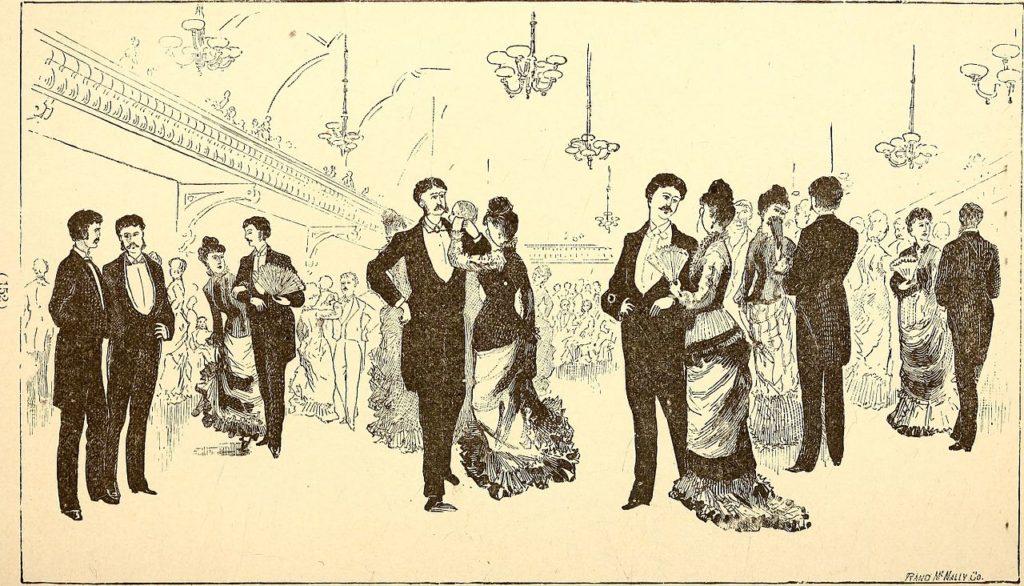Keep a Conversation Flowing – Introduction
Have you ever been chatting with a colleague, and then suddenly – silence? You freeze, unsure what to say next. The other person looks away, checks their phone or shifts uncomfortably. You wonder, “Was it me? Did I say something wrong?”
If this sounds familiar, you’re not alone – especially if English isn’t your first language. The good news? You can learn to keep a conversation going smoothly, even in a second language.
This article builds on the tips from How to Start and Keep a Conversation Going, How to Make Small Talk at Business Events, and How to Use Small Talk to Build Stronger Work Connections. We’ll now focus on strategies to help you avoid those awkward silences and feel more confident in your workplace conversations.
You’ll also find a link to our community for professionals who need English for work, where you can practise your skills and get support.
Understand Why Awkward Pauses Happen
First, it’s not just you. Pauses happen to everyone – native speakers too. But for non-native speakers, they can feel even more uncomfortable.

Some common reasons include:
- Thinking time: You need a moment to find the right English word.
- Cultural differences: In some cultures, silence shows respect. In others, it’s seen as uncomfortable.
- Fear of mistakes: You’re worried about using incorrect grammar or vocabulary.
👉 Example:
Maria, a project manager from Spain, often paused during small talk. She said, “I didn’t want to say the wrong thing, so I said nothing. Then the conversation just… ended.”
Use Follow-Up Questions
One of the easiest ways to keep a conversation going is to ask a follow-up question. Don’t stop at the first answer.
👉 Example:
A: “I spent last weekend at a leadership seminar.”
B: “That sounds interesting. What kind of activities did you do there?”
Common follow-up questions:
- “What did you like about it?”
- “How did it go?”
- “Would you recommend it?”
These questions are simple, but they show interest and invite the other person to keep talking.
Learn Natural Bridge Phrases
You don’t always need a question. Bridge phrases help you shift the conversation naturally or give you time to think.
Some useful ones include:
- “That reminds me of…”
- “Actually, speaking of that…”
- “Let me think…”
👉 UK vs US English tip:
British English speakers often use phrases like “I suppose” or “I imagine” to soften a comment. In American English, you might hear “I guess” or “I figure”.
👉 Example:
A: “I had a client meeting that ran over time.”
B: “That reminds me of something similar – we had a late meeting last Thursday that turned into a dinner.”
Now you are leading the conversation!
Comment — Don’t Just Question
It’s easy to ask question after question, but that can feel like an interview. Try commenting instead. This makes you more relatable.
👉 Example:
A: “I’m preparing a big presentation for next week.”
B: “Oh wow – that’s always a bit nerve-wracking. Do you enjoy public speaking?”
Now the speaker feels understood, and the conversation flows naturally.
Repeat or Rephrase Key Words
This is a simple but powerful technique. Pick up a key word or idea and reflect it back.
👉 Example:
A: “We’re rolling out a new software system next quarter.”
B: “A new system? That sounds like a big change. Is everyone ready for it?”
This gives you thinking time and shows that you’re actively listening.
Share a Short Personal Story
If the conversation slows, you can offer something from your own experience.
👉 Example:
A: “I’ve just started mentoring one of the new hires.”
B: “That’s great! I remember when I mentored someone last year. It really helped me improve my communication skills.”
This invites the other person to respond or share their own story.
Practise Active Listening
A conversation isn’t just about what you say – it’s also how you respond.
Use active listening cues like:
- “Right.”
- “Exactly.”
- “Oh, I see.”
- Nodding and smiling at the right time.
These small things keep the rhythm of the conversation going.

Don’t Fear the Pause
Not every silence is bad. Sometimes, a pause just means the other person is thinking – or giving you space to speak.
👉 Tip: If there’s a brief silence, you can smile, take a sip of water, or say:
- “Let me think for a second…”
- “That’s a good question…”
These phrases buy you time and feel completely natural.
Keep Practising – It Gets Easier
The more often you practise these techniques, the more natural they’ll become. Small talk is like a muscle – you build it through use.
For extra support and speaking practice, join our community for professionals who need English for work. It’s a safe space where you can build your confidence and get feedback.
Keep a Conversation Flowing – Conclusion: You’ve Got This
Keeping a conversation going in English doesn’t mean being perfect. It means staying present, showing interest and using simple strategies to keep things flowing.
Want more? Check out:
- How to Start and Keep a Conversation Going
- How to Make Small Talk at Business Events
- How to Use Small Talk to Build Stronger Work Connections
Join the conversation today – and never fear the awkward pause again.


